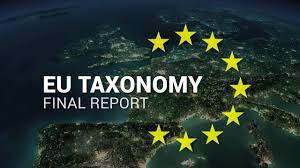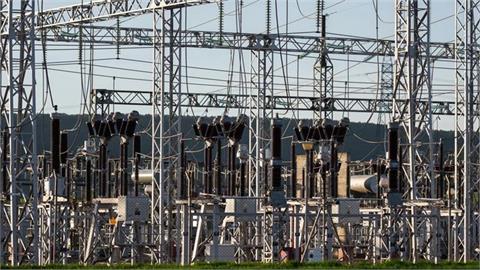by Felicia Jackson* The EU’s Sustainable Taxonomy was intended to complement the Green Deal, provide investors with certainty about the sustainability of their investments, and help channel billions into sustainable, low-carbon processes and technologies. Despite input from experts and NGOs, the inclusion of gas and nuclear power just proposed by the Commission suggests that, once again, politics is trumping science.
"The EU’s Sustainable Taxonomy provided an opportunity to provide global leadership and align with calls for action from the private sector – confusing sustainable with transitional in the Taxonomy complicates its goals, weakens its utility, increases the risk of stranded assets, and opens up the investment process to further accusations of greenwashing."
The EU Sustainable Taxonomy was designed to provide a classification framework for investors, to ensure a clear and consistent understanding of investments that could be considered ‘green’ or ‘sustainable’. Launched in conjunction with the EU’s climate target of 55% emissions reduction by 2030, it is in effect a sustainability label aligned with European Green Deal plans to facilitate at least a trillion euros in investment in the coming decade.
The debate about what to include in the Taxonomy is about money: while economic activities outside the Taxonomy will not be banned, they will be excluded from easy access to flows of sustainable and climate finance, green deal funds, and possibly even Environmental, Social, and Governance (ESG) fund flows. Labels have a purpose as they provide an easy way to gauge suitability for different types of investment – so muddying the waters of what that means is counterproductive.
A sustainable Taxonomy should not only give investors confidence that their investment fits sustainability criteria under the Sustainable Finance Disclosure Regulation (SFDR) but also provide a shared market shorthand enabling the rapid scale-up and deployment of green finance. By providing a tool driving the realignment of capital, the Taxonomy could be an enabler of the US$3-5 trillion that has been estimated as necessary to meeting global climate goals.
A solar beneficiary
The solar sector could be a major beneficiary of a sustainable taxonomy. The International Energy Agency (IEA) reported that new renewable generation capacity hit almost 280GW in 2020, up 45% on 2019, the highest year-on-year increase since 1999. More than every third power plant installed in 2020 was solar-powered and solar PV is expected to add an average of over 125GW of capacity per year from 2021-2025. There is a major economic and transition opportunity as well, as SolarPowerEurope projects that the solar sector could create 4 million jobs by 2050.
*Center for Sustainable Finance of the School of Oriental and African Studies, University of London
(in order to access the full article, visit pv-magazine.com)




